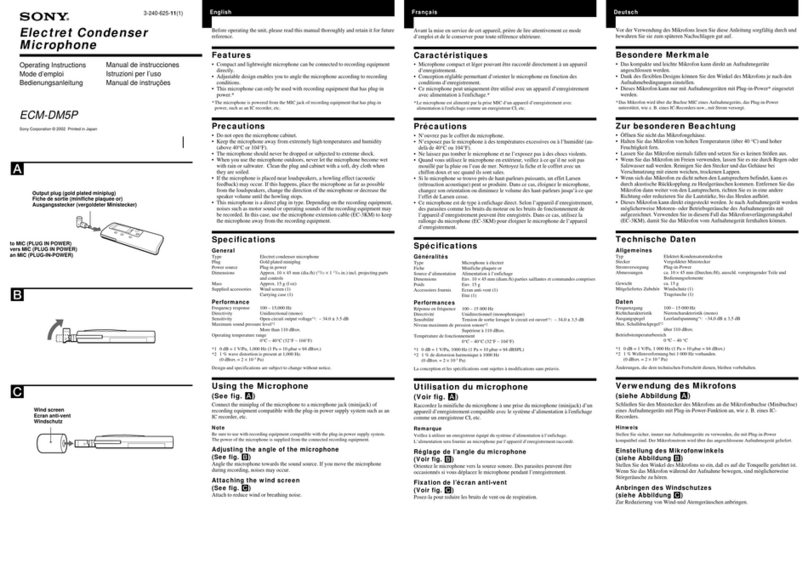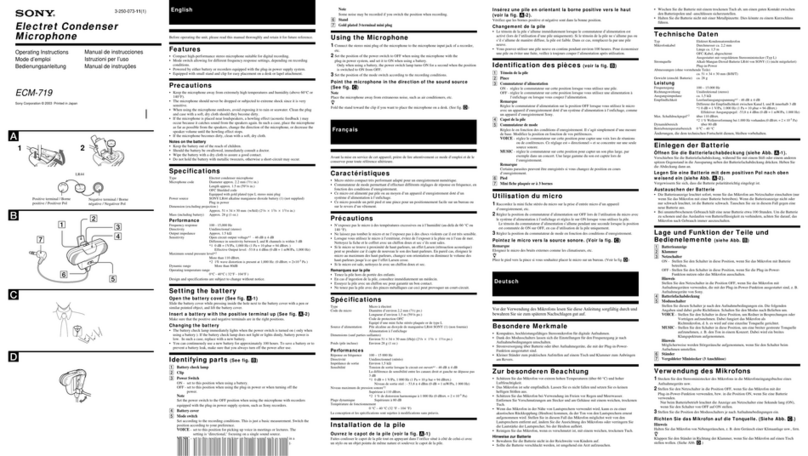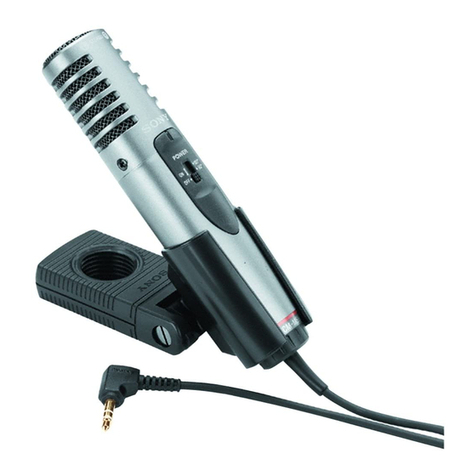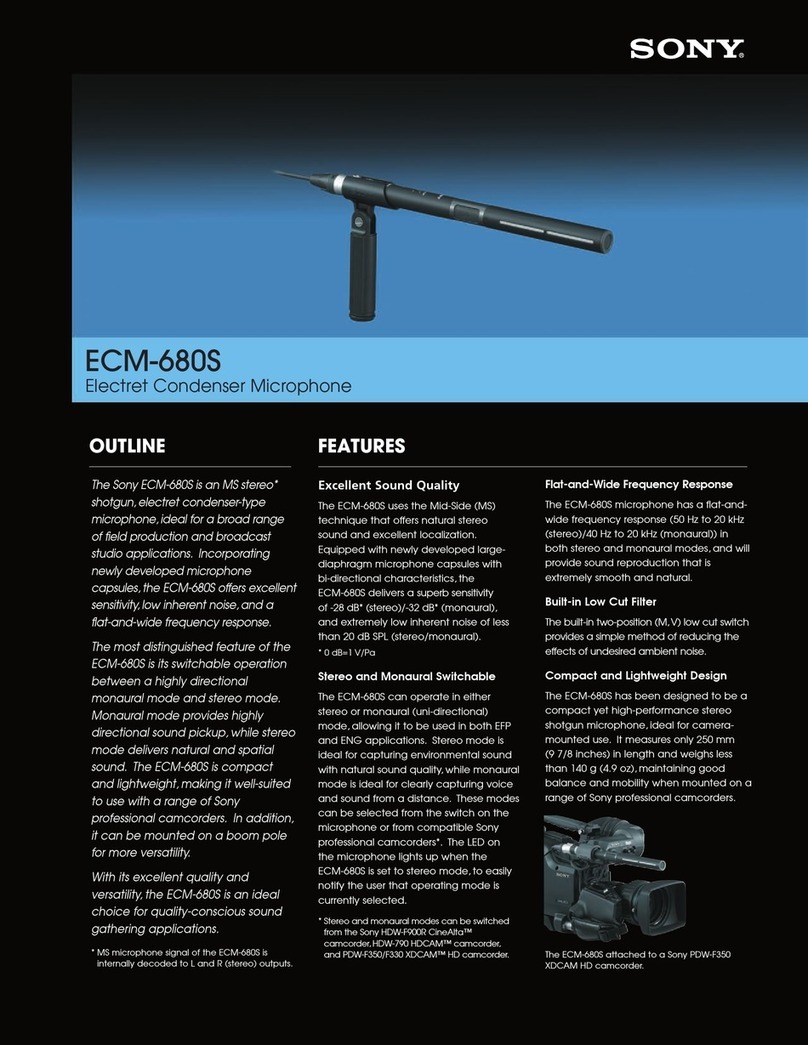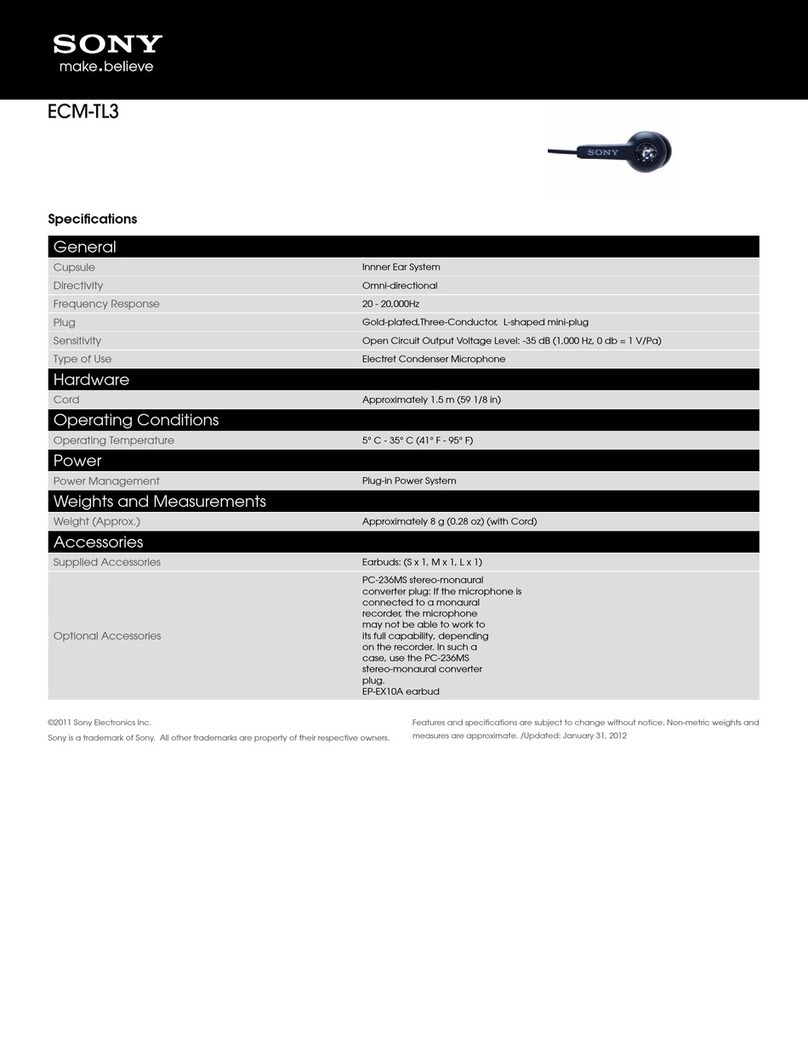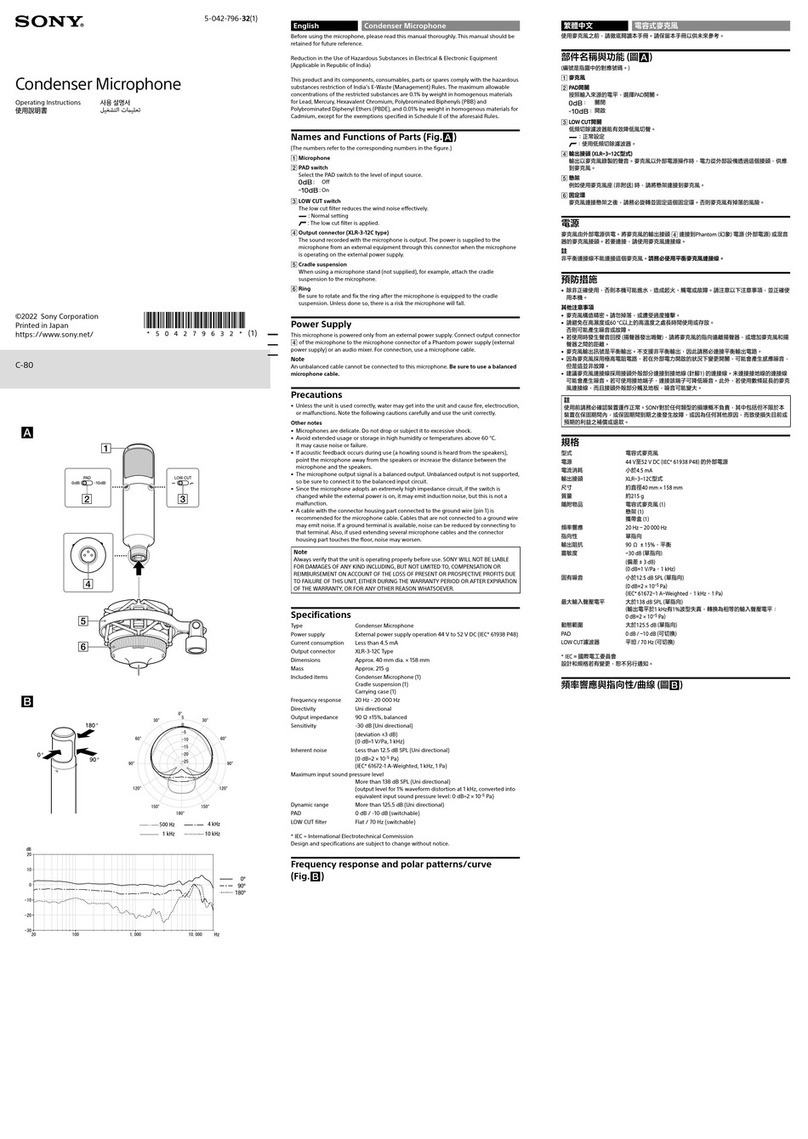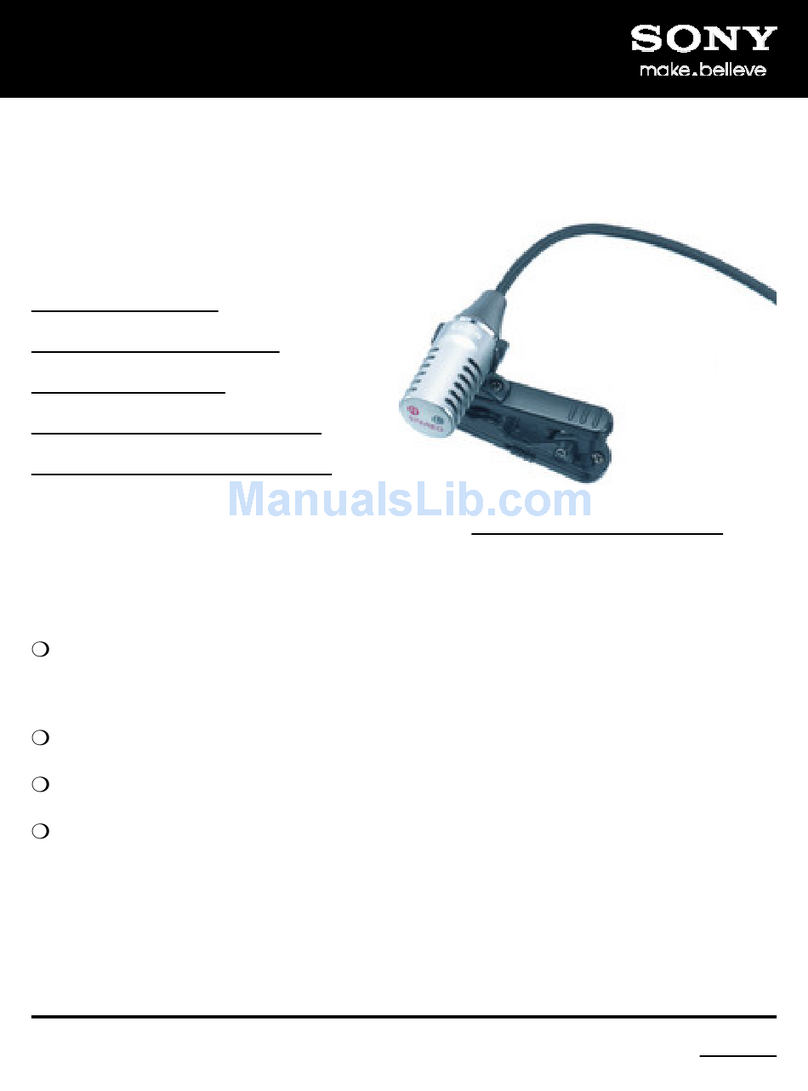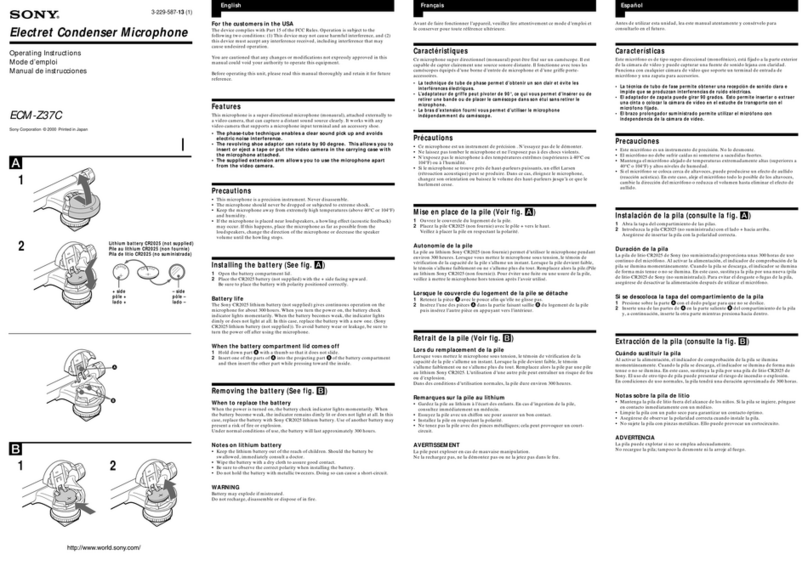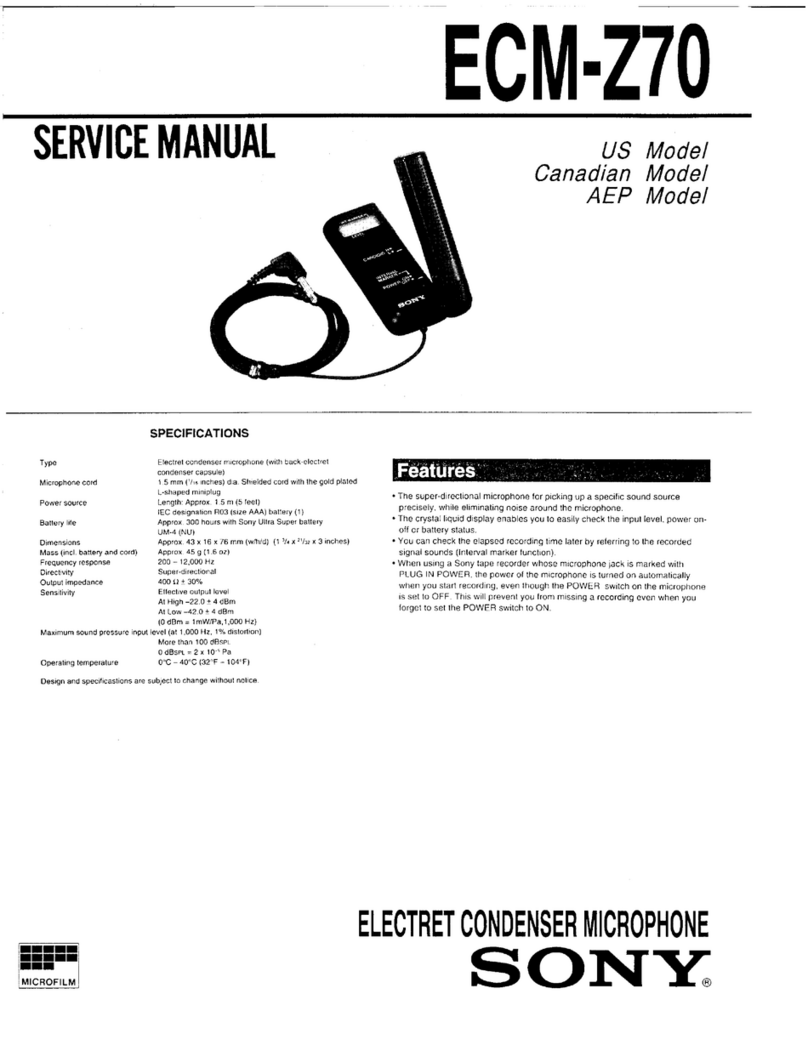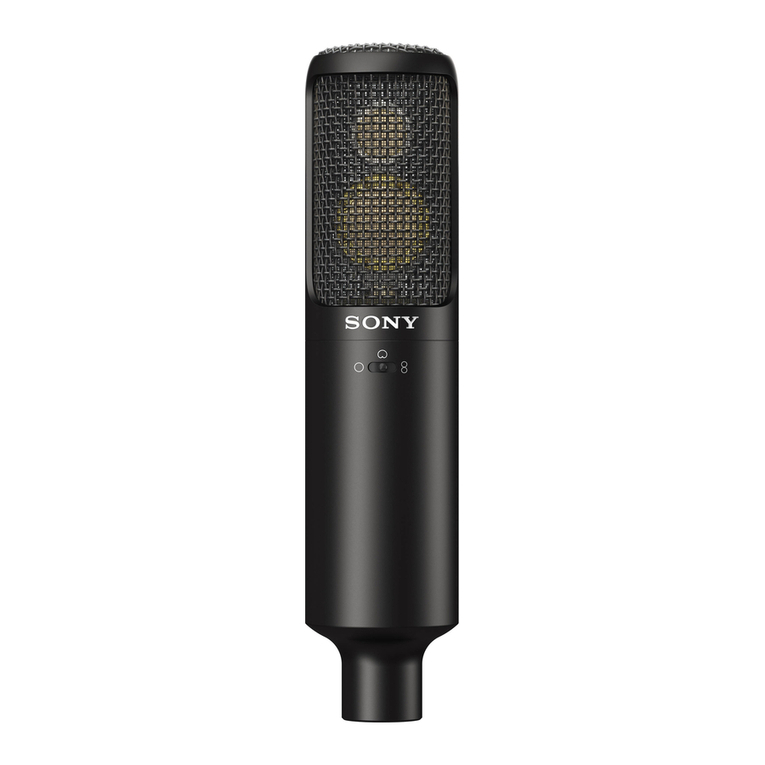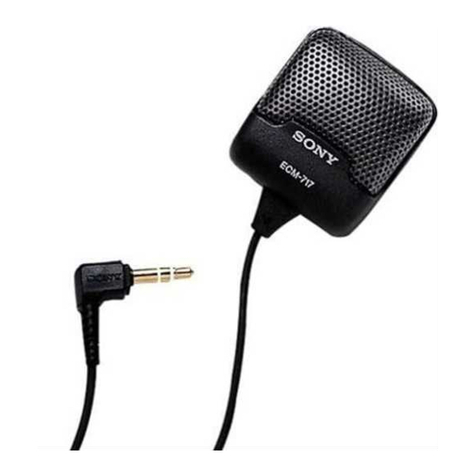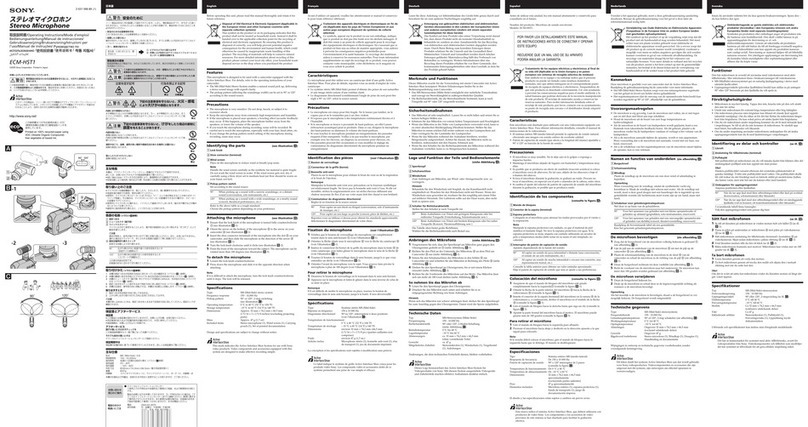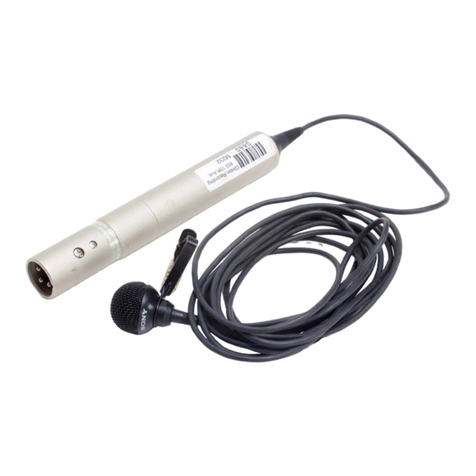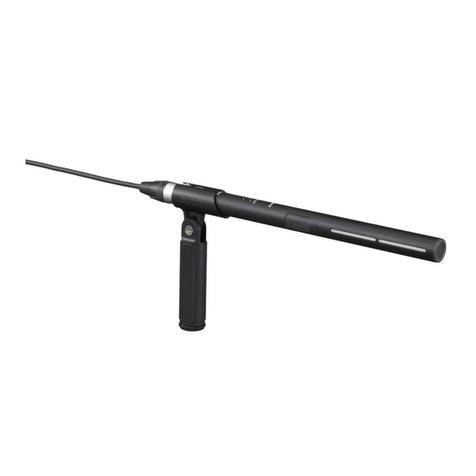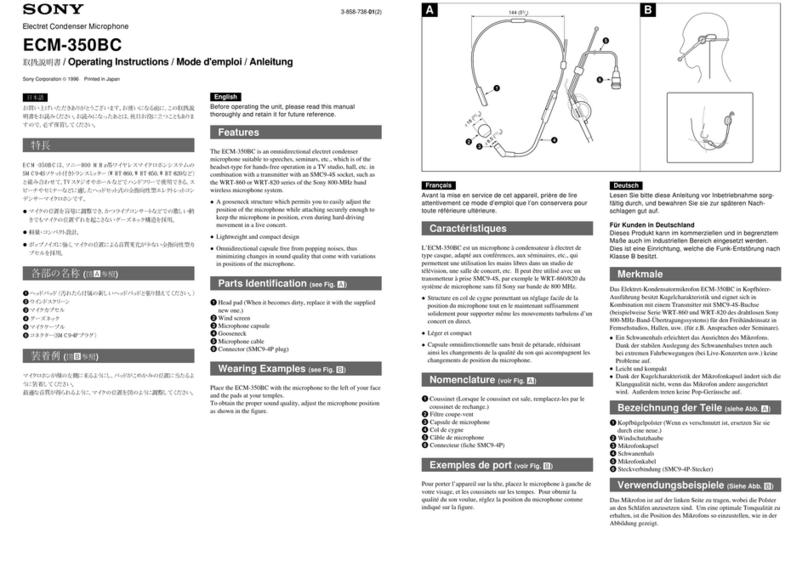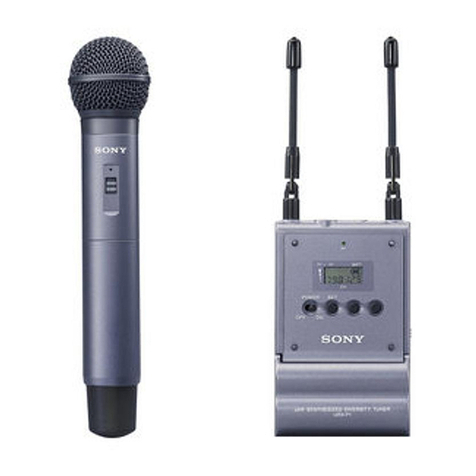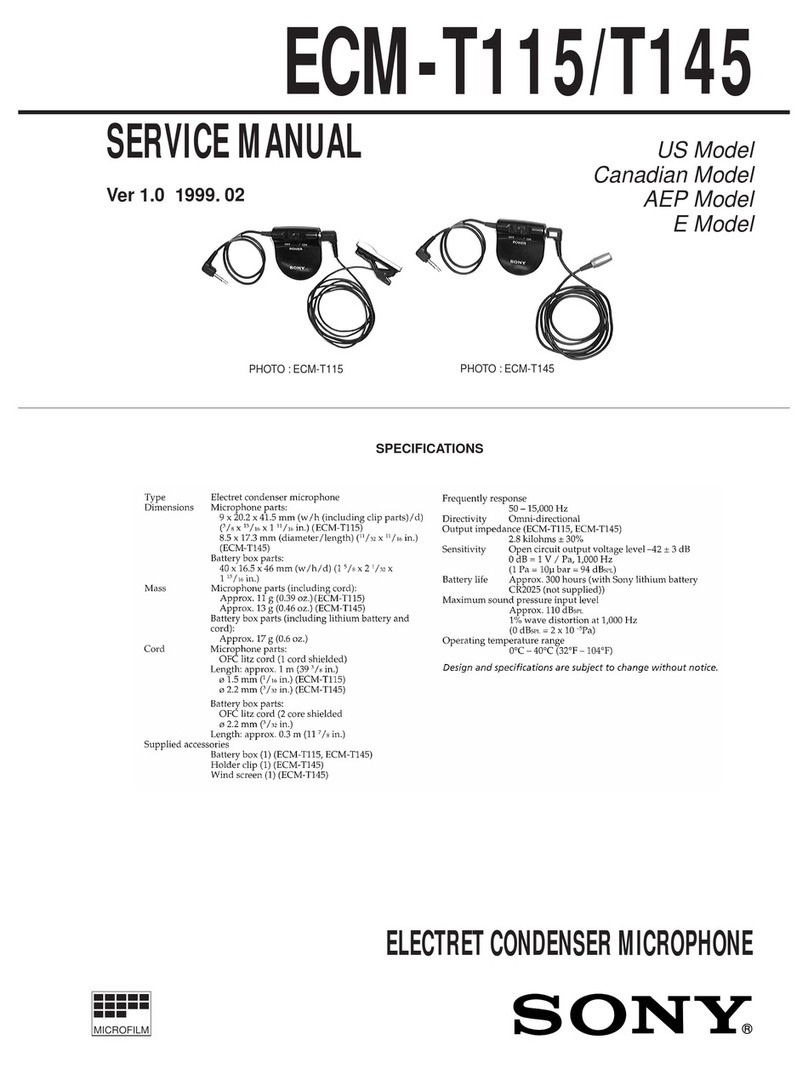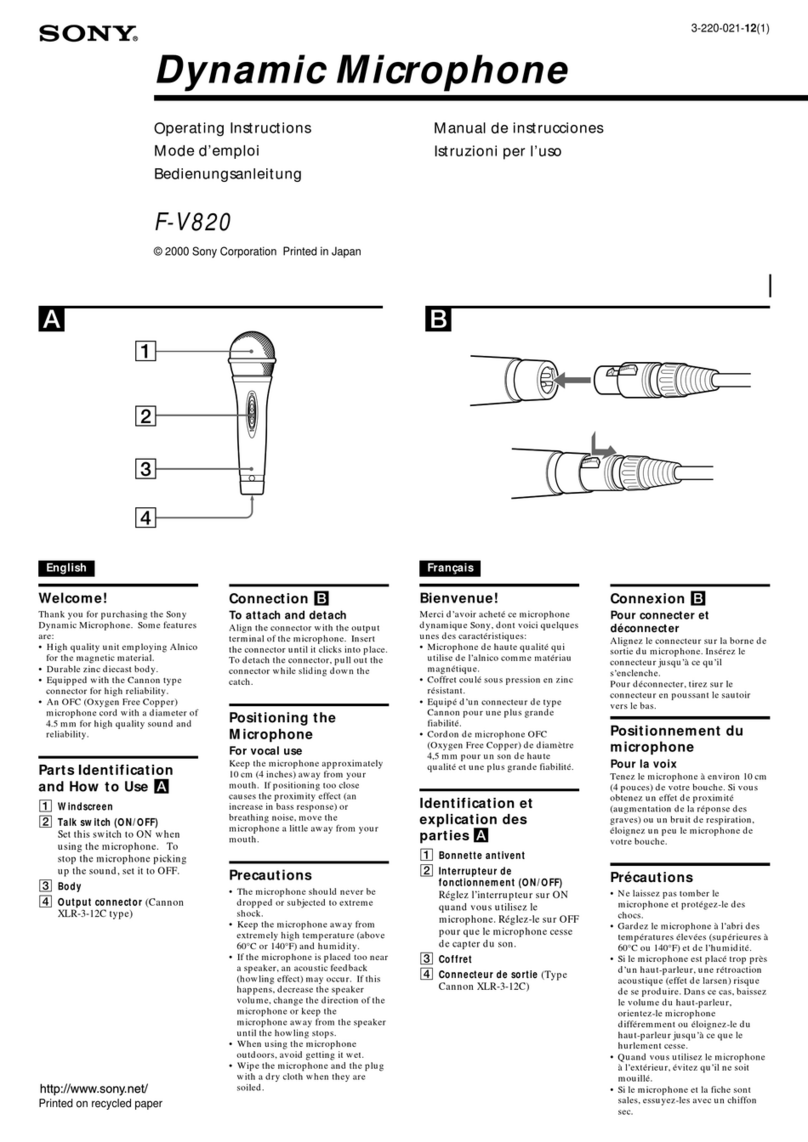
1(GB)
English Precautions
• The unit is designed for use in ambient temperature range
of 0°C to 50°C (32°F to 122°F).
• Do not place the unit on or near heat sources, such as
lighting equipment, power amplifiers, or in a place subject
to direct sunlight or excessive moisture. In such places,
the external finish or internal parts of the unit may be
damaged.
• If the unit is used in a very humid or dusty place or in a
place subject to an active gas, clean its surface as well as
the connectors with a dry, soft cloth soon after use.
Lengthy use of the unit in such places or not cleaning it
after its use in such places may shorten its life.
• When cleaning the unit, never use organic solvents such as
thinners or benzine, which will damage the finish of the
unit.
• The unit has been factory adjusted precisely. Do not
tamper with its internal parts or attempt to repair it.
• Do not attempt to recharge an alkaline battery.
• Do not dispose of a battery in fire. Do not disassemble or
short-cirtuit a battery.
• Make sure to use an LR6 (size-AA) alkaline battery.
• Make sure the poles of the battery match the + and –
markings in the battery holder.
• Remove the battery when the unit will not be used for a
long period of time.
Table of Contents
Precautions................................................................1
Introduction ...............................................................2
Transmitting Channel Band ..............................2
Features .............................................................2
Parts Identification....................................................4
Power Supply ............................................................7
Settings ......................................................................8
Initiating Setting Mode .....................................8
Changing the Transmitting Channel .................8
Changing the Input Attenuation Setting..........10
Resetting the Accumulated Battery Use Time
Indication ...................................................11
Troubleshooting...................................................... 12
Specifications..........................................................14
Error Messages .......................................................15
GB
English
